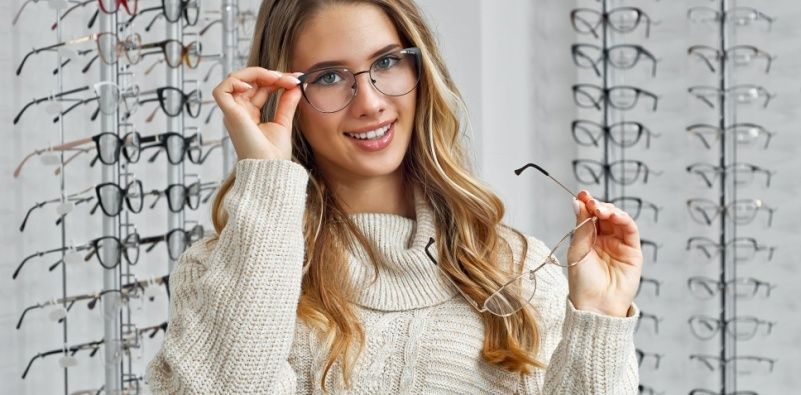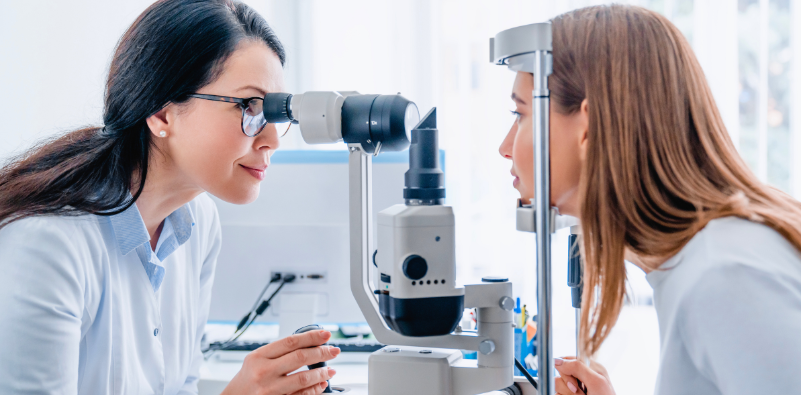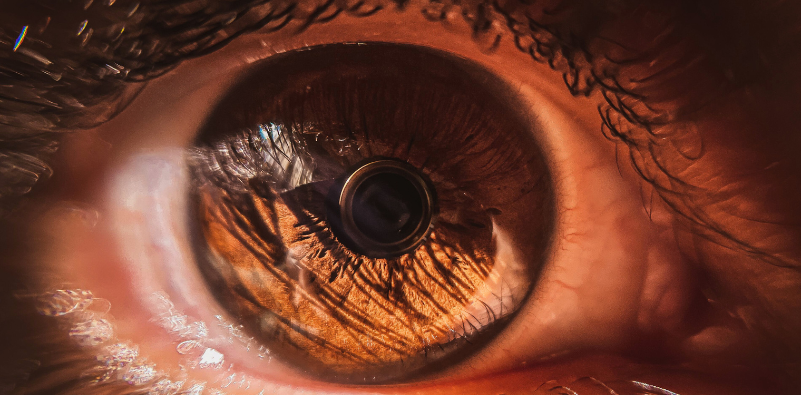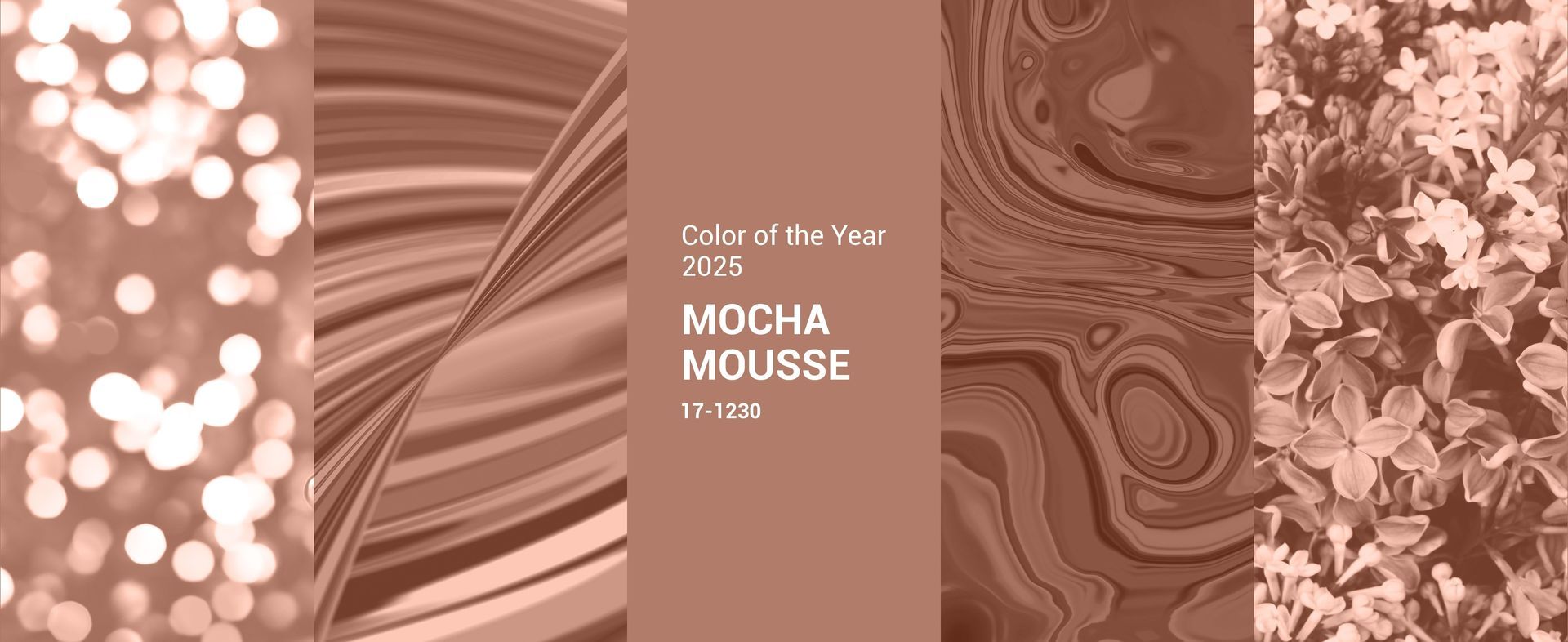The Importance of Back-to-School Eye Testing
Getting Your Little One Tested Before Heading Back-to-School
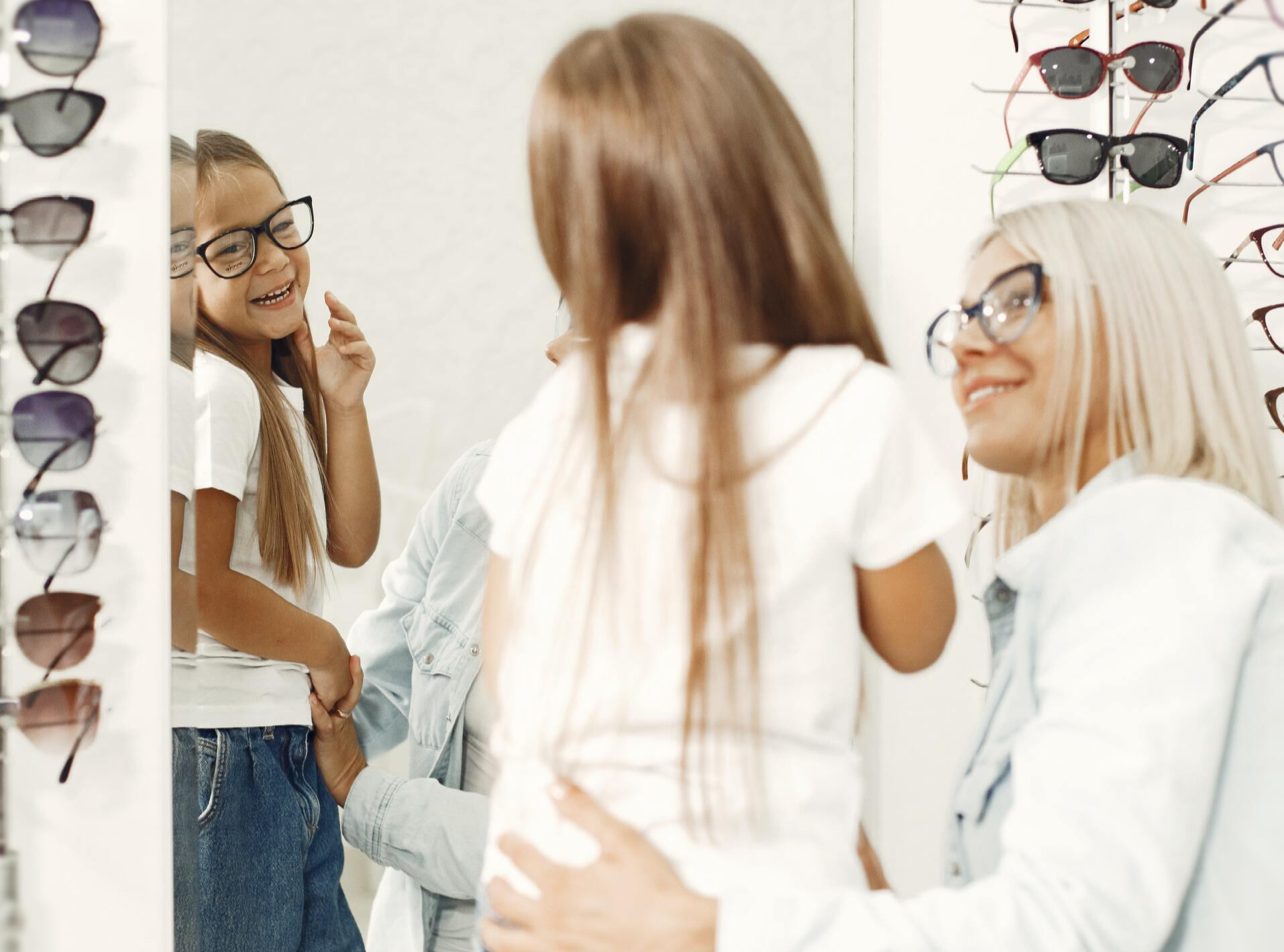
Studies show that 80% of children’s learning comes from visual presentation, so their quality of vision is instrumental in progressing at school. Children’s eyes go through a huge growth period after birth and vision is fully developed at 8, so it is essential to regularly monitor vision and check for any signs of visual problems to detect them as early as possible.
Having regular eye tests is crucial to a child's education, they may be struggling to see whiteboards or read books. They may not be aware that there is an issue with their eyesight, as they have never known any different. They may simply get distracted in class because they are finding it difficult to focus.
Children under 16 are entitled to free NHS eye tests and the school holidays are the ideal time to book an eye test so that they can be ready to start school positively in September with no vision issues holding them back.
The NHS recommends that adults have eye tests at least every two years or every year if recommended by an optometrist. While children’s eyes are still developing, having annual eye tests will help to ensure that any eye health issues are identified early and if glasses are required, they can be provided to support learning.
What happens during a children’s eye test?
Harrolds Opticians has been providing children’s eye tests for many years and as a family-based opticians, the comfort of all our patients is our top priority. Our friendly opticians will explain the process and make sure that the child feels comfortable before going ahead with the eye test.
The format of the eye test will depend on the age of the child, if they are able to read letters out then the letter chart will be used to check their vision. If not, they will be asked to look at a light that will allow the optician to examine their eyes.
A child’s eye test should usually take less than 30 minutes and you and your child will have the opportunity to ask any questions they have about the eye test and the results. Your child may need eye drops before the test, which make pupils bigger so that the back of the eyes can be examined more easily.
Common signs of children’s eye problems
You should not wait for the summer holidays to be over to get you child's eyes tested. If you think your child may be struggling with their vision at other times of the year then waiting until the school year starts is too late.
Some signs to look out for include:
· Struggling with reading or identifying colours, numbers, or letters
· Clumsiness when reaching for objects
· Straining to watch TV or look at screens
· Poor performance with activities like sports
The sooner that vision problems are diagnosed, suitable treatment can be provided. Many children with undiagnosed vision problems have a poor experience at school but enjoy it a lot more once they have the visual support they need.
Just for August, we are offering an amazing back-to-school deal. Bring your little one for a free eye test and if they do need a pair of glasses you’ll be getting 2 pairs for the price of one!
Book your child’s eye test at Harrolds Opticians to get them ready to enjoy their school year without barriers in their way.


